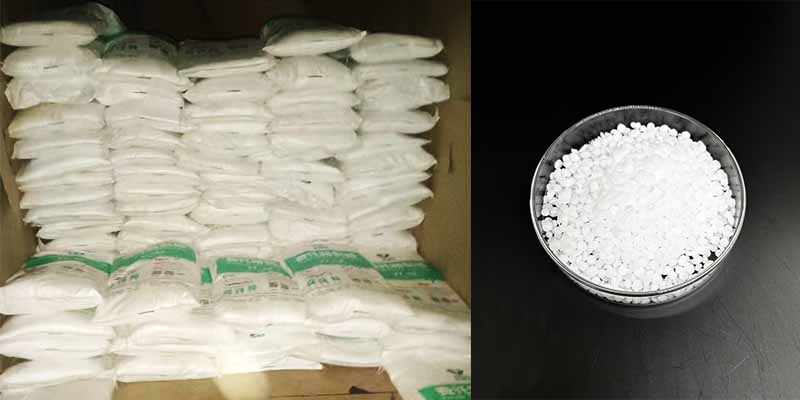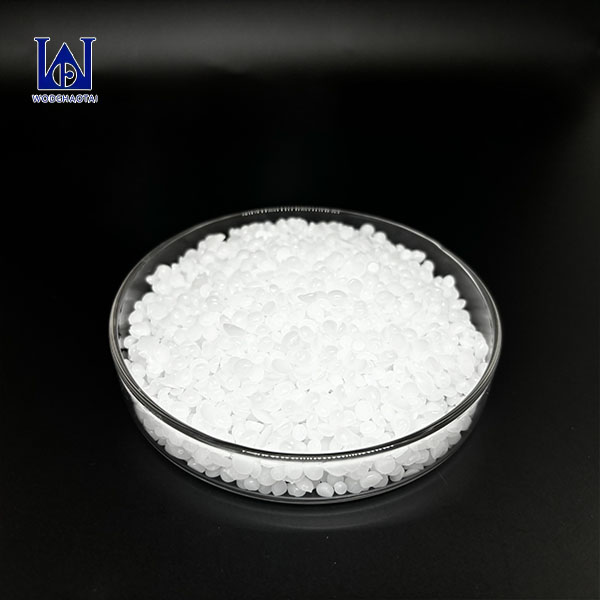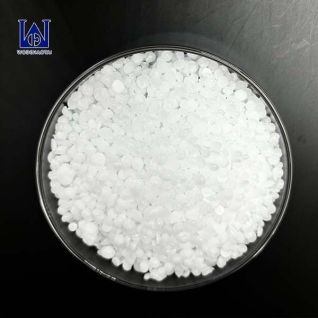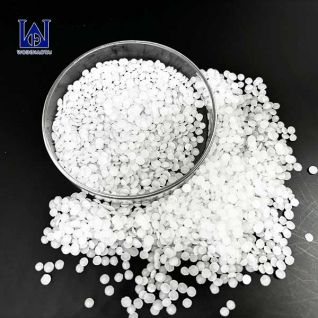Products
Fischer-tropsch wax 52
| Test Item | Quality Index | The Measured Quality | Test Method |
| Melting Point (℃) | 56~58 | 56.45 | GB/T 2539-81 |
| Oil Content % | Max 0.5 | 0.40 | GB/T 3554 |
| Color Saybolt # | Min+27 | 30 | GB/T 3555 |
| Light Stability # | Max 4 | 4 | SH/T 0404 |
|
NeedlePenetration(25℃) 1/10mm |
Max 19 | 17 | GB/T 4985 |
|
KinematicViscosity(100℃) mm²/s |
REPORT | 3.761 | GB/T 265 |
| Odor # | Max 1 | 1 | SH/T 0414 |
| Water Soluble Acid And Alkali | null | null | SH/T 0407 |
| Impurity and Water | null | null | Visual Inspection |
| Conclusion | Qualified |
||
Fischer-Tropsch wax, also known as FT wax, is a valuable product derived from the Fischer-Tropsch synthesis process. This process involves the conversion of carbon monoxide and hydrogen into hydrocarbons, typically using iron or cobalt catalysts under high pressure and temperature conditions. FT wax is characterized by its high molecular weight and straight-chain structure, making it a versatile material with various industrial applications.
FT wax finds widespread use in industries such as cosmetics, coatings, plastics, and adhesives. Its unique properties, including high melting point, low viscosity, and excellent hardness, make it an ideal ingredient in formulations for candles, polishes, and surface coatings. Additionally, FT wax serves as a lubricant in various applications due to its ability to reduce friction and provide long-lasting protection.
Moreover, FT wax is prized for its purity and consistency, making it a preferred choice for manufacturers seeking high-quality raw materials. Its compatibility with other chemicals and materials further enhances its utility across different sectors. Overall, Fischer-Tropsch wax plays a crucial role in enhancing product performance and quality across a range of industries, contributing significantly to their technological advancements and economic growth.



